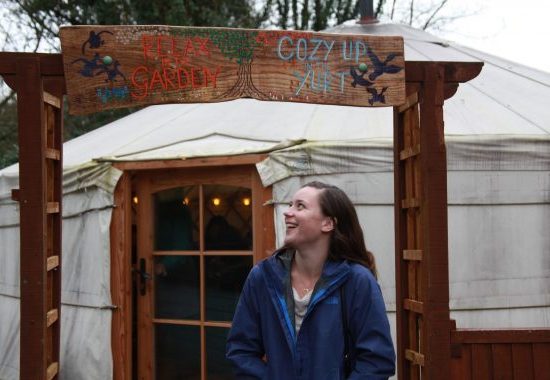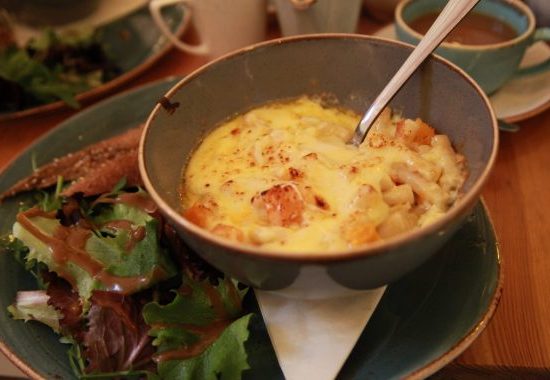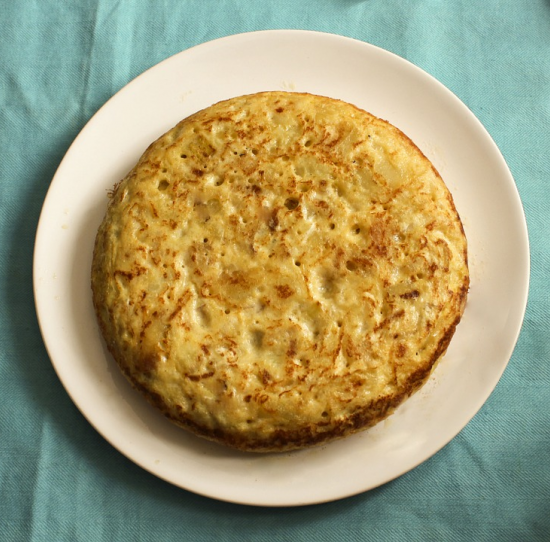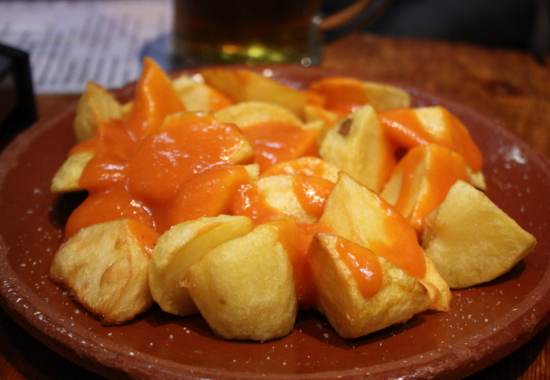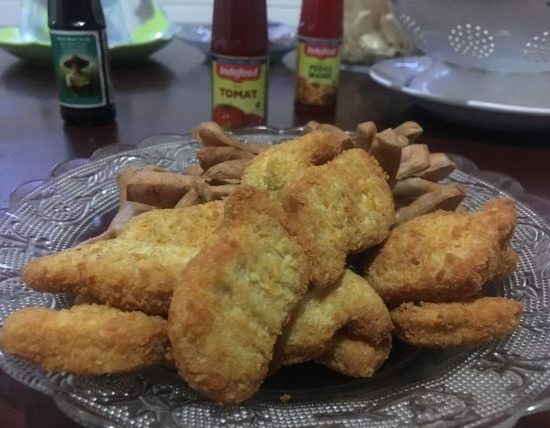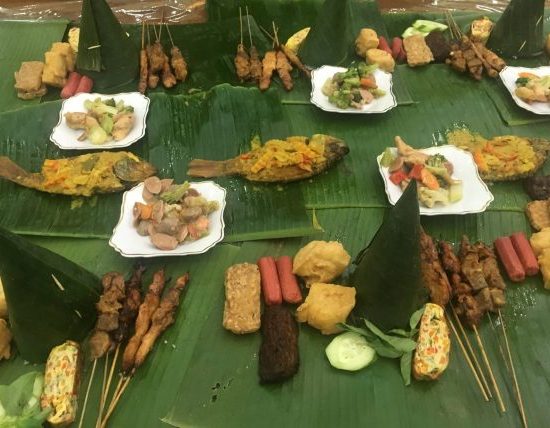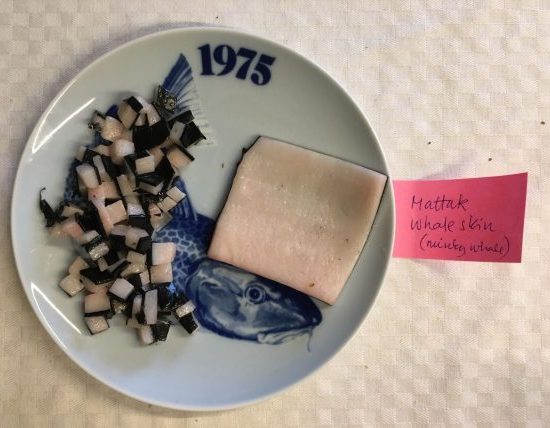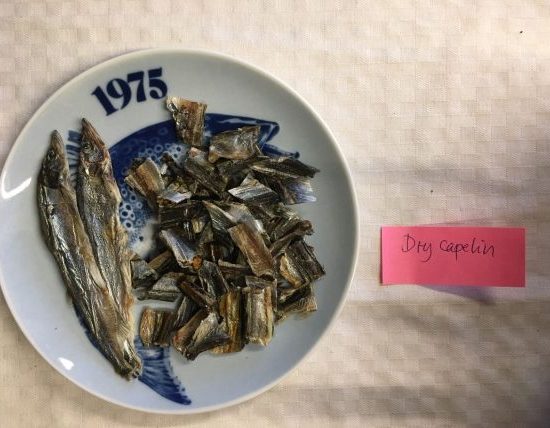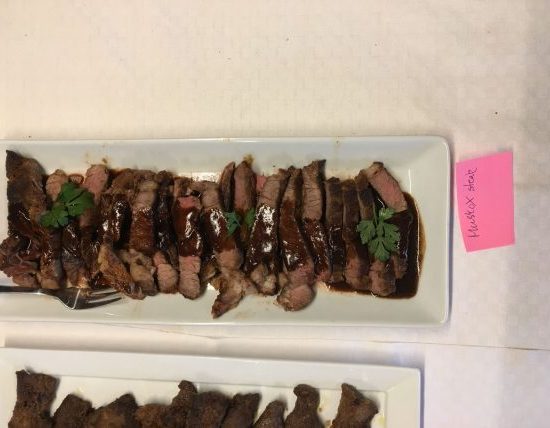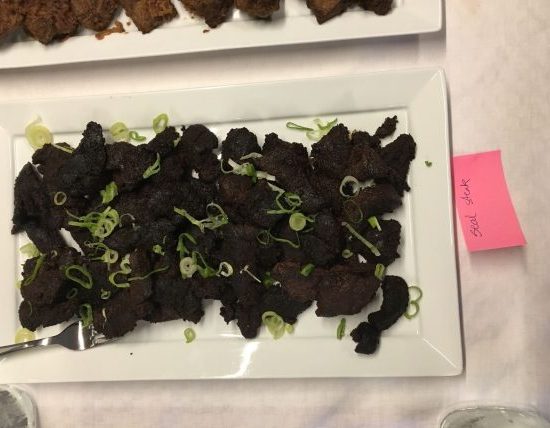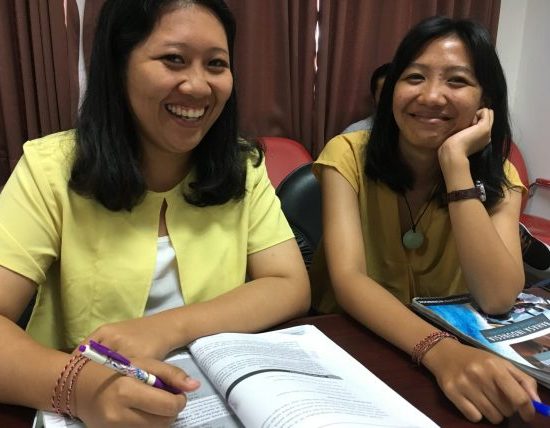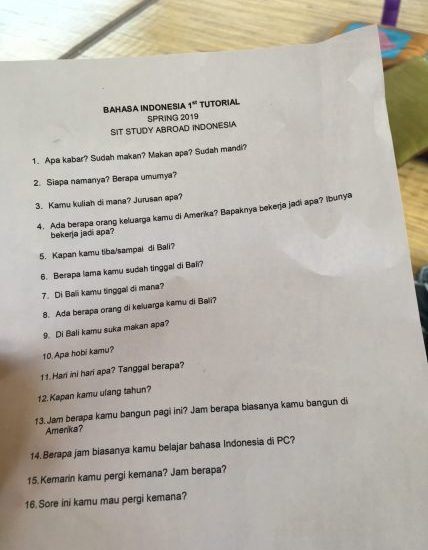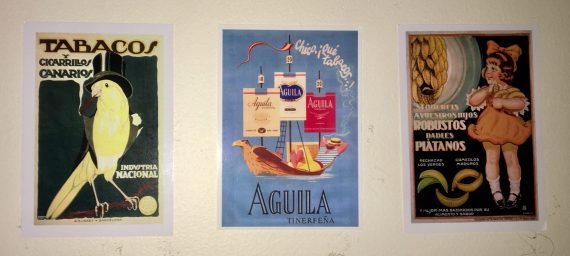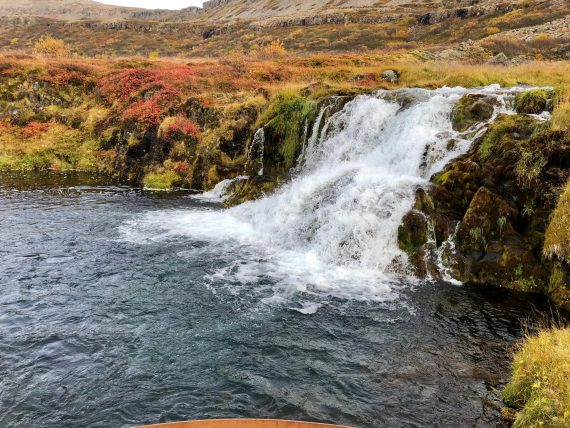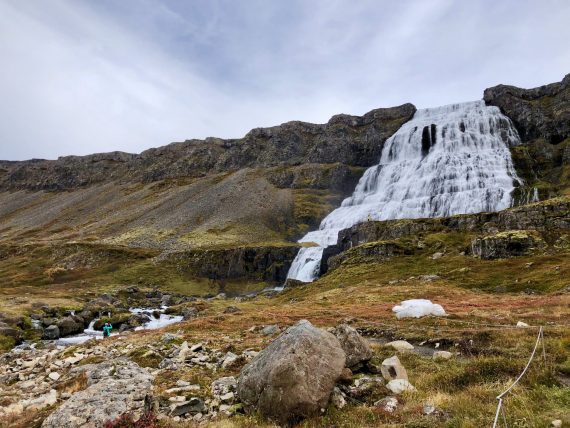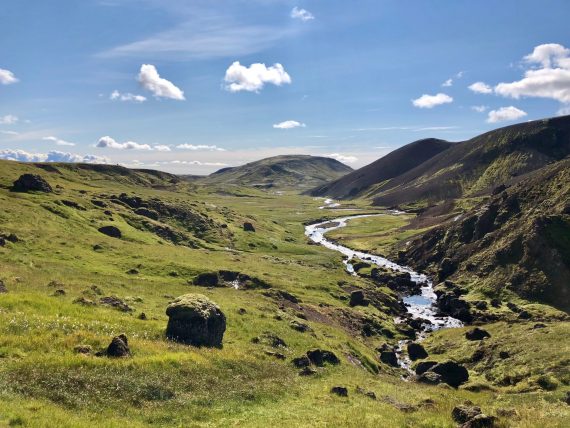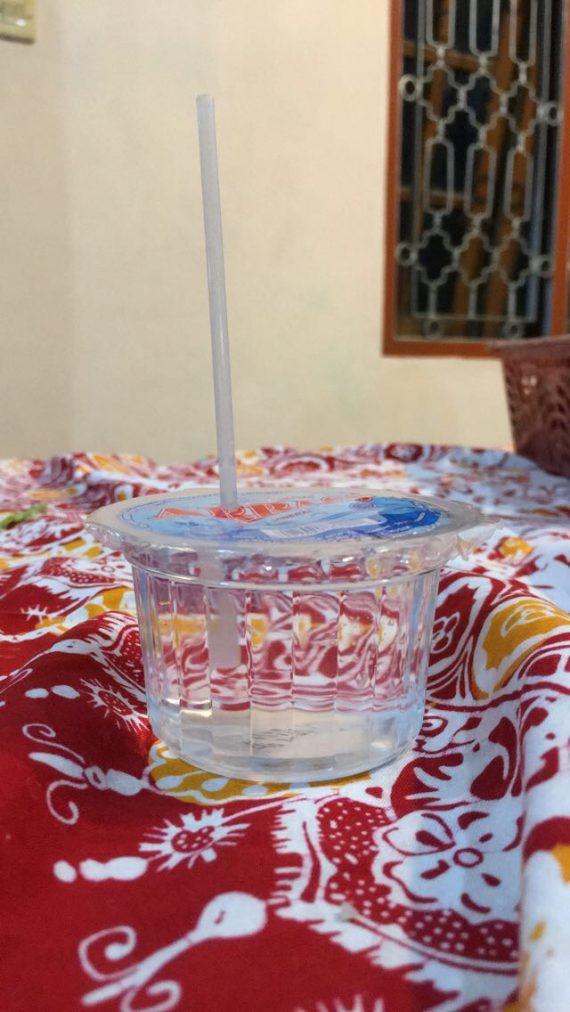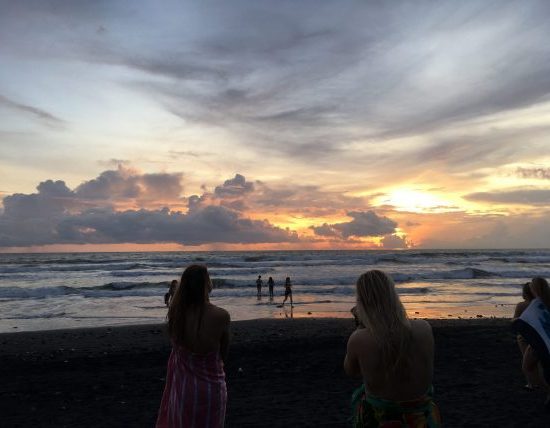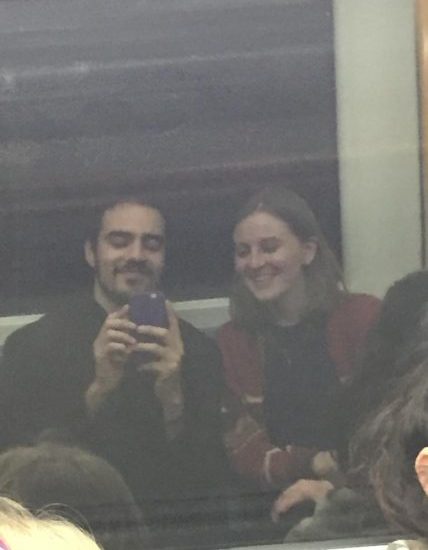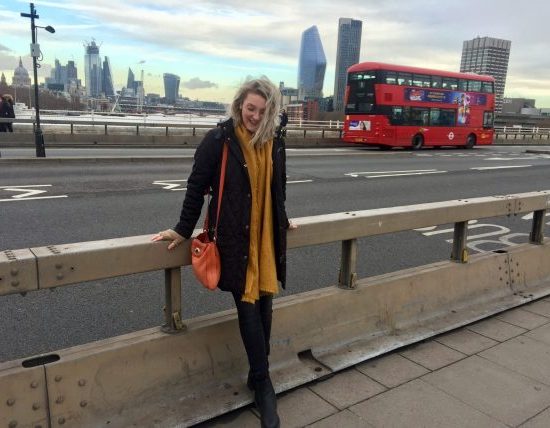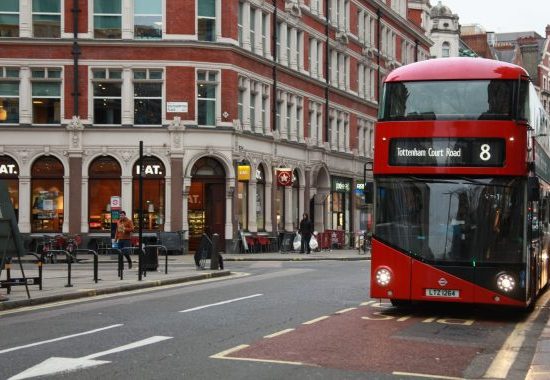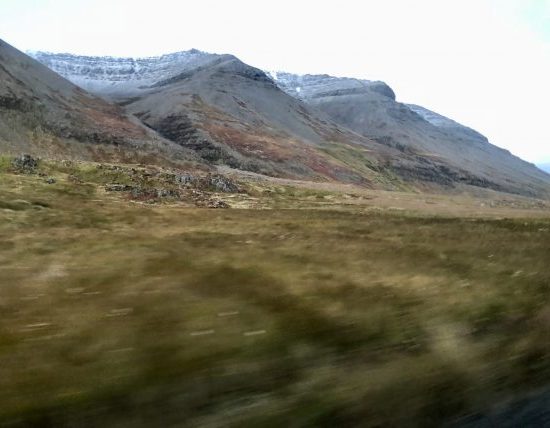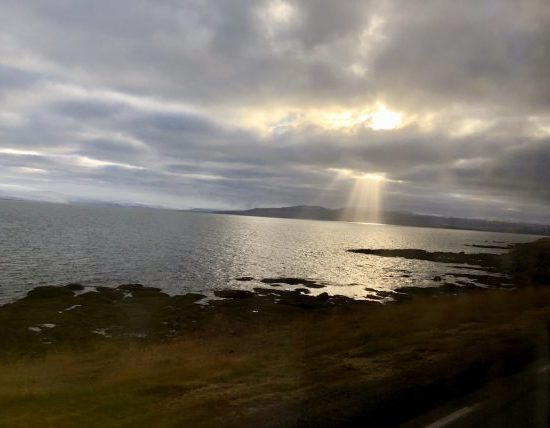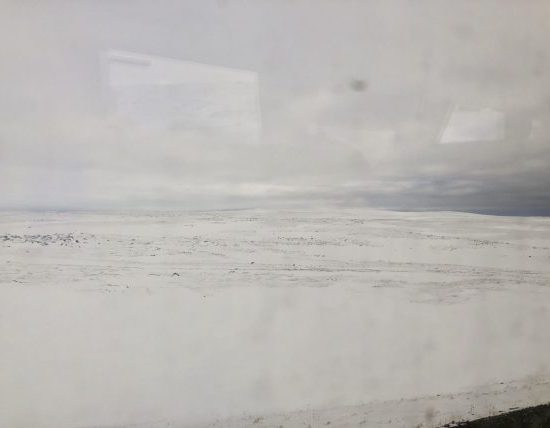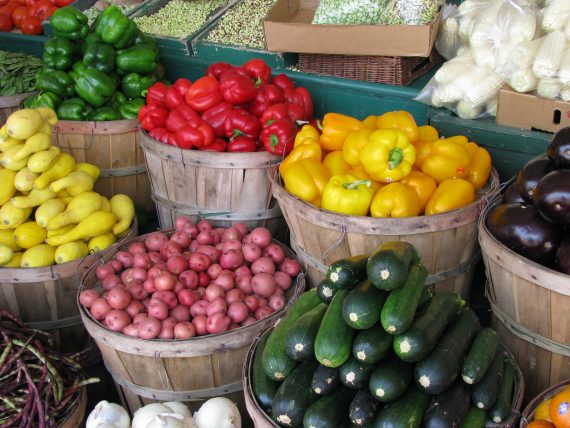
Week 4
You can learn about a culture by trying the foods that are considered staples of the local area. The best part about food is that it is truly unique around the world. Ingredients that are common everywhere are combine in ways that make completely different dishes. Even across America each state has its own staples and dishes that remind people of home. This week tell us about the food in the places that you’re studying. Anything surprising or entirely different from home? What’s been your favorite dish that you’ve had while you’ve been gone? Any foods you think you may miss when you return?
Sierra DeAngelo
As a vegetarian, I haven’t been able to try traditional English dishes like fish & chips or bangers & mash (or chicken tikka masala, but I find this problematic anyway) in London, but one of my favorite dining experiences so far has been High Tea, also known as Afternoon Tea. Some friends and I used a Groupon to take part in this posh experience and it was a child/adulthood dream come true! The elegant tea set came out first, followed by 3 tier cake stands meticulously filled with tea sandwiches, scones, and beautiful mini desserts. I had never tried scones with clotted cream and jam but WOW are they delicious. We sat there slowly working our way up the stand for two hours and sadly couldn’t finish everything because we were so full. This is definitely a boujee yet wonderful experience I intend to bring back to Colgate and force my friends to partake in. Future Benton family dinner??
I can’t believe I almost forgot to mention the most amazing mac & cheese of my life! I felt the need to get out of the city and into the idyllic English countryside for a day and invited a couple of friends to join. We decided to take a train to Shere, a small town about an hour outside London, and got lunch at this adorable restaurant called The Dabbling Duck. The indoor seating was full, so we were instead seated in the heated yurt outside. It was the coziest meal I think I have ever had! I ordered the smoked Wookey Hole Cheddar (a cave-aged cheese from a village in England) macaroni & butternut squash and was in total HEAVEN as soon as I took my first bite. I don’t think I have ever experienced that much joy while eating, to be honest. Every few moments I would pause and vocalize how happy I was to my friends, haha. Although I would definitely travel back there just to have that meal again (and to revisit the charming town), it was a special on the menu so, sadly, I don’t know if that will be possible. Keep your fingers crossed for me, though!
Renee Congdon
Being a vegetarian in Spain was a pretty funny experience. I never had too many problems with it, but people’s reactions to it were always hilarious. For example, whenever I’d tell someone I was vegetarian, their immediate response was always “Oh, so you just eat seafood and fish”. When I explained that no, I did not eat any type of meat, including seafood and fish, I was usually met with shock. Spanish cuisine is heavily influenced by seafood and meat, particularly ham. Perhaps the most recognizable manifestation of this tendency comes by way of the infamous shops of jamón ibérica, little street-corner shops full to bursting with massive pigs’ legs hanging from every available space on the ceiling. One particular funny memory that comes to mind in relation to my vegetarian-ness abroad was one Sunday afternoon when one of my Spanish friends invited me to her grandparents’ house for a family dinner. On the drive there, María (my friend) remembered I was vegetarian, and called her grandma in a panic to ask her to make me a separate side dish (so kind!). When we got there, I was introduced to her grandma, and I apologized profusely for not being able to eat the meat dish she was making. The conversation went something like this:
Me: “I’m so sorry I can’t eat the dish you prepared!
The grandma, with a look of almost caustic pity: “No, mija, it’s ME who feels sorry for YOU, missing out on my delicious cooking.”
In general, though, I never struggled too much with finding food to eat. Tapas are a big deal in Spain- they’re basically just small, snack-sized servings of classic Spanish food. Typically, you go with a group of friends and order a few rations of tapas to share among the table. One of the most classic Spanish tapas is tortilla española, not to be confused with the type of flour or corn tortilla that one might associate with Mexican or Latin American food. Tortilla española is a thick cake-like dish made of eggs and potatoes (and sometimes onions- a hot-button topic among the Spanish). I love tortilla española, so I knew that I could almost always count on it as a fall-back food to order if there were no other vegetarian dishes at a restaurant. Another classic tapa is pimientos de Padrón, small sweet green peppers that are lightly fried in oil and covered in coarse salt. Lastly, another yummy food that many Spanish restaurants have is patatas bravas, which are cubed potatoes, fried and served with a spicy tomato sauce. Between tortilla española, pimientos de Padrón, and patatas bravas (all pictured below!), I knew I could always eat at any typical tapas place. After I returned home to California, I actually found some fresh Padrón peppers at Whole Foods and made pimientos de Padrón at home. They turned out great, and it was a nice little reminder of my time in Spain. It was also fun being able to offer them to my parents and introduce them to a new dish that neither of them had heard of. I definitely miss certain elements of Spanish cuisine now that I’m back in the states, and hope to find more pimientos de Padrón soon!
Trey Spadone
Here is a list of thirteen foods that I have repeatedly consumed over the past month…
Rice.
Tempe.
Chicken.
Eggs.
Tofu.
Cucumbers.
Watermelon.
Water spinach.
Bananas.
Dragon fruit.
Fried noodles.
Mangosteens.
Mysterious pastries.
Rice. I have eaten rice with almost every single meal since arriving to Indonesia. It is an absolute staple of the Indonesian diet. I have enjoyed nasi putih (white rice), nasi goreng (fried rice), nasi kuning (yellow rice), and nasi sayur (rice with vegetables.)
My first dinner with my host family in Bali threw me for a twist. When I sat down at the table and saw my plate something looked familiar, but I could not figure out why. At this point I had been in Bali for less than a week, so I could not put my finger on what was in front of me. I asked my host mom, “apa ini?/what is this?” She looked surprised and said, “chicken nuggets and hot dogs!”
One of the questions I get asked the most is “sudah makan?” This translates to “have you eaten?” I get this question at least once every day.
One of my favorite dishes is gado gado which is a “salad’ of steamed vegetables, hard-boiled eggs, potato, tofu or tempeh, with a delicious peanut sauce dressing.
In conclusion, I have been fed extremely well these past four weeks. In fact, I am going to end this post here because it is almost time for dinner!
Emily Weaver
Since we moved around so much while we were in Iceland we often cooked for ourselves (which led to some interesting combinations and occasional adventuring with new recipes). The only time we did not cook for ourselves was in our homestay. Here, our host family often cooked us fish as it is a staple in their diets. My favorite dish that they made us was Plokkfiskur, which was a mash of potatoes, onions, and fish. I loved this dish and it felt like one of those comfort food meals that I would have at home. Once we left our homestays we even tried to recreate it one night! It didn’t come out as well as when our host family made it, but it’s a nice dish that I’m happy to have brought back with me.
The real experience with food that I want to tell you about today occurred when we were in Greenland. The woman who ran the hostel that we were staying in was very excited that we were there learning about Greenlandic culture. On one of out last nights she decided that she was going to give us a tasting of traditional Greenlandic foods. We were all excited, but unsure what this would look like.
When we got to dinner that night, laid out before us was a combination of all the foods that are traditionally eaten in Greenland: several fishes (both dried and in soup), reindeer (also cooked and in soup), musk ox, whale, and seal. I have to admit that I was wary of trying a lot of these. I never thought that I would be eating seal! Before we started trying foods, our host explained to us the tradition behind these foods. She talked to us about how there is a lot of controversy behind the consumption of whale and seal, how a lot of people think it’s wrong. She explained to us that in Greenland these meats are requirements in their diets. Because of the harsh winters that they get, Greenlanders need the fat and nutrients that these meats can provide, especially because it is hard to grow produce. Their culture is founded in only killing what you need. For them, they never kill more than they can eat in a season. This is their way of protecting the wildlife of Greenland and this resource that they have access to.
I have to admit that I actually enjoyed a lot of what I ate that night. It was hard to get past the fact that I was eating seal and whale sometimes, but it is an experience that I am thankful for.




